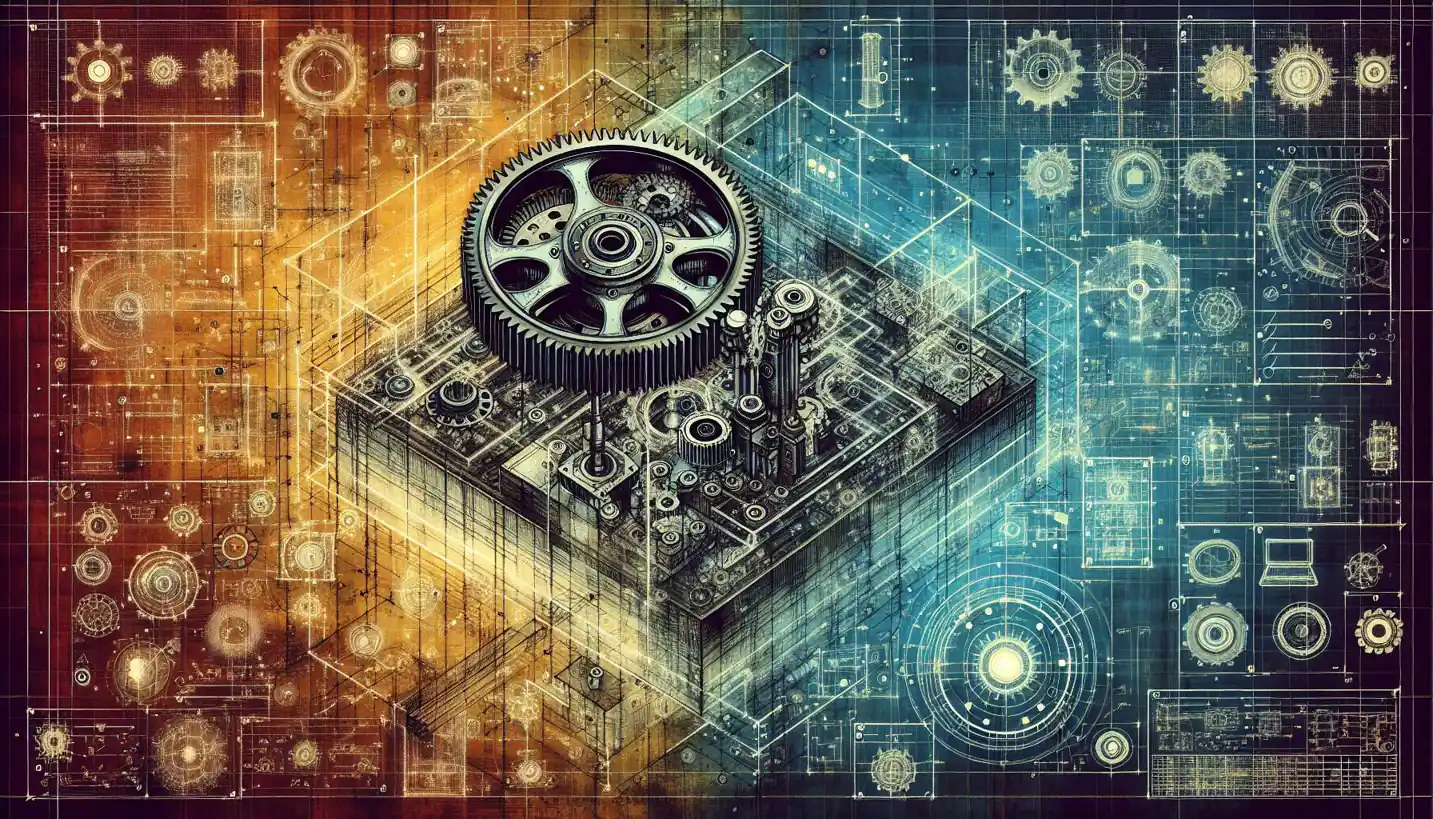· Engineering · 4 min read
Machine Learning: A Game-Changer in Information Technology Engineering
Machine Learning is transforming IT engineering, empowering systems to learn and adapt without explicit programming. Discover how this technology is at the forefront of innovation.

In today’s tech-driven world, there’s a buzzword that’s popping up everywhere: machine learning. It’s like that secret sauce that can transform how we interact with technology. But what exactly is it, and why is everyone so excited about it?
Machine learning, a branch of artificial intelligence, is all about teaching computers to learn from data. Imagine if you could teach your dog new tricks without directly showing them—just leaving them clues to figure it out on their own. That’s kind of what machine learning does, but with data instead of dog biscuits.
How Does Machine Learning Work?
The core idea behind machine learning is using algorithms to identify patterns within vast amounts of data and make predictions or decisions without being explicitly programmed to perform those tasks. Think of it like teaching a computer to see pictures and identify them—like knowing a cat from a dog—through examples rather than specific instructions.
Essentially, machine learning models are trained using a dataset, which means they are given lots of examples related to the task they need to learn. For instance, if you were teaching a model to recognize spam emails, you’d feed it thousands of emails marked as spam or not spam and let it learn the distinguishing features.
The Magic of Algorithms
Algorithms are the real heroes in machine learning. They’re like the recipes that guide the machine in learning from data. There are different types of algorithms suited for various tasks, like decision trees, neural networks, and support vector machines, each with its strengths and weaknesses.
For example, decision trees can be visualized as a tree where each node represents a decision point. Imagine choosing a road on a map at each intersection to reach a final destination. Neural networks, on the other hand, mimic the way human brains work, with layers of neurons (nodes) passing information and refining the decision with each pass.
Real-World Applications
Machine learning isn’t just a fancy term; it’s being used in the real world in some incredible ways. Ever wondered how Netflix knows what movies you’d love to watch or how Amazon recommends products you end up buying? That’s machine learning working behind the scenes.
In healthcare, machine learning algorithms help in diagnosing diseases, analyzing medical data to predict patient outcomes, and even in drug discovery. It’s like giving doctors a powerful tool to catch things they might miss.
Machine Learning and Big Data
The term “big data” pairs often with machine learning because they perfectly complement each other. The more data available, the better a machine learning model can learn and improve. It’s like having endless practice sheets to hone your skills.
Think about self-driving cars. They gather tons of data every second from sensors and cameras. Machine learning algorithms process this data to understand the car’s surroundings and make split-second driving decisions.
The Impact on Information Technology Engineering
Machine learning has been a game-changer in information technology engineering. It has drastically altered the landscape of data processing, analysis, and system optimization. Engineers now have the tools to create systems that improve over time without human intervention.
Automation in IT operations benefits greatly from machine learning. For instance, in network management, predictive models help identify and resolve issues before they affect the user. It’s a bit like having a constantly vigilant guardian ensuring everything runs smoothly.
Challenges and Opportunities
While machine learning opens up a world of possibilities, it comes with its challenges. One of the biggest issues is the quality and bias in data. Poor quality data can lead to inaccurate models, while biased data can result in models that unfairly discriminate.
Privacy is another concern. With machines learning from data, ensuring that sensitive personal information doesn’t get misused is crucial. Engineers and data scientists are actively working on solutions to create secure and fair systems.
However, these challenges also present opportunities for innovation. There’s a continuous effort to develop more efficient algorithms, improve data quality, and create transparent AI systems that people can trust.
The Future of Machine Learning
The future of machine learning in information technology engineering looks incredibly promising. As technology evolves, the potential applications of machine learning are only limited by imagination. From enhancing cybersecurity to revolutionizing manufacturing processes, the possibilities are vast.
Researchers are already working on next-generation machine learning models capable of understanding natural language, driving creativity in AI, and even fostering better human-machine collaboration.
Machine learning is not just an abstract idea; it’s a transformative force reshaping industries and impacting our daily lives. As we continue to explore its depths, the key will be balancing innovation with ethical considerations, ensuring this powerful tool benefits society as a whole.
In a world where data is the new gold, machine learning is undoubtedly the miner extracting value in ways we’re only beginning to understand. So next time you see those personalized recommendations or marvel at advances in technology, remember the magic of machine learning working behind the scenes.



